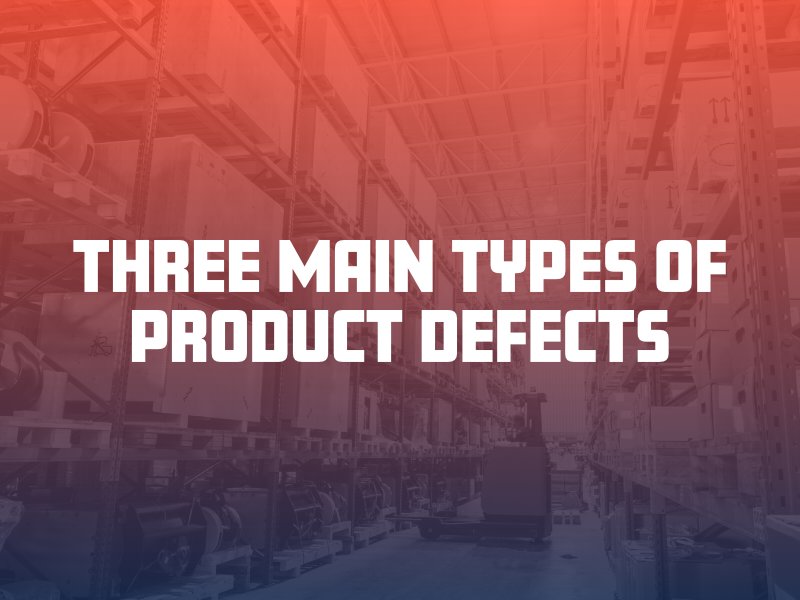As the face of the consumer marketplace changes, so do product liability laws. Product liability states that it is a manufacturer’s responsibility to ensure the reasonable safety of its products. Today, this definition can include an app or software application, not just physical products. If you or a loved one has been injured by an app, consult with a qualified product liability attorney for tailored legal advice.
How Could an App Cause Harm?
In today’s digital age, there is an app for every aspect of life. This includes apps that are designed to be used while exercising, driving and going on dates. Other examples involve rideshare apps, such as Uber and Lyft. If these apps contain defects, victims who are harmed as a result could potentially hold the developers liable (legally responsible) with a product liability claim.
This type of claim has become more common in recent years. For example, in 2017, one man sued the developer of the Grindr app for failing to protect consumers from dangerous products. The plaintiff in this case claimed that his ex-boyfriend used the dating app Grindr to impersonate and harass him for months, including sending multiple people to his home and workplace, and that Grindr failed to take action to protect him even after being made aware of the issue.
If an app falls short in terms of protecting consumers from foreseeable risks of harm, its developer could be held liable for creating a dangerous product under the rules of product liability. Even though an app is not a physical product, a product liability lawsuit could still be filed in this situation. However, a victim’s rights will vary on a case-by-case basis.
What Are the Elements of a Product Liability Claim for a Dangerous App?
Suing an app developer for a dangerous product starts by forming an argument that the app itself is a product, not just a piece of software or service. This is a nuanced legal issue, as an app does not have a physical presence. An attorney may need to argue that app developers should be held to the same standards as physical product manufacturers. Due to the rapidly growing digital marketplace, the courts may need to review existing laws and establish new precedents in your jurisdiction.

Next, the existence of a product defect will need to be established. Three main types of defects are involved in product liability law:
- Design flaw: a fundamental issue in how the app is designed or engineered could make it unreasonably dangerous for users, such as the failure to include consumer protections against harassment and privacy infringements.
- Manufacturing mistake: while the term “manufacturing” may not apply to an app in the traditional sense, if an error occurs while an app is in development or beta testing stages, this could make it unreasonably dangerous.
- Marketing pitfalls: defects in how the app is advertised, such as a failure by the developer to warn users regarding known or foreseeable risks.
If the rules of strict product liability apply to an app lawsuit, the victim does not need to establish the developer’s negligence. It is enough to demonstrate that the app directly caused the harm or damage in question and contained a defect. However, negligence may be a required element in a claim that does not invoke the doctrine of strict product liability. A breach of warranty is another possibility for suing an app developer for a dangerous computer or phone application.
For more information about a potential lawsuit for a dangerous or defective app in New Mexico, contact The Fine Law Firm for a free case consultation. We can help you navigate this nuanced and constantly evolving area of the law.




